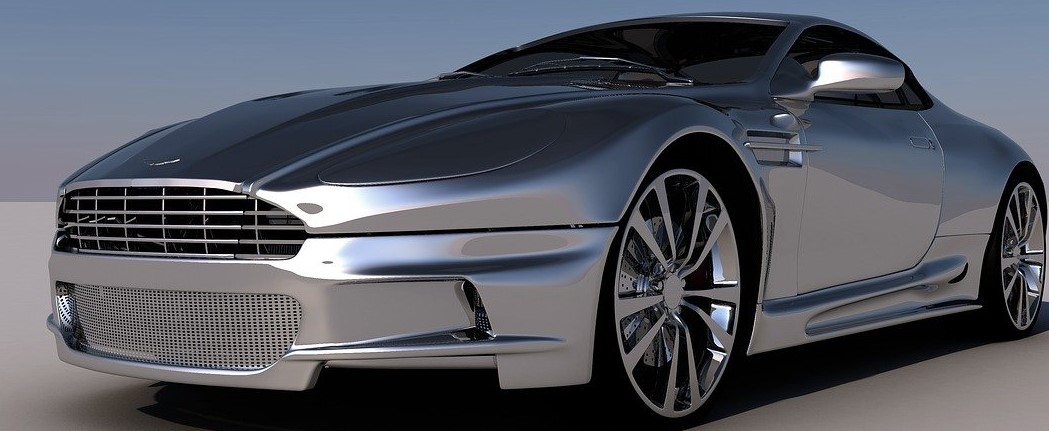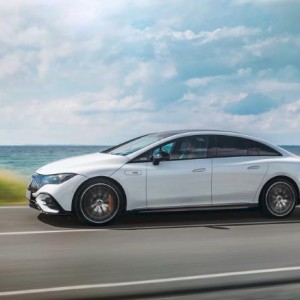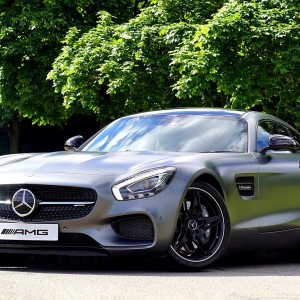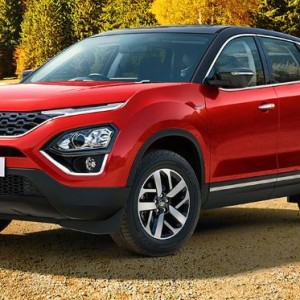Cruise, General Motors’ majority-owned autonomous vehicle subsidiary, is targeting a fleet of 1 million or more self-driving vehicles by 2030. Cruise CEO Dan Ammann showed investors Wednesday a graphic of the company’s “exponential Cruise fleet ramp” that showed scaling its operations to a million or more vehicles by the end of the decade during an investor event Wednesday for GM.
The company last week was granted the fifth of sixth permits needed to commercialize a self-driving ride-hailing fleet in the state. Google’s Waymo also was granted a similar permit, but it requires the vehicles to have backup safety drivers.
Cruise plans to scale its fleet in the U.S. and internationally. Earlier this year, the company signed an agreement with Dubai’s roads and transport authority to be the exclusive provider for self-driving taxis and ride-hailing services through 2029, which would assist in the ramp-up.
Ammann said Cruise expects to quickly lower the cost of ride-hailing from about $5 a mile today to $1.50 a mile by removing the driver. Cruise’s current test fleet is composed of hundreds of custom Chevrolet Bolt EVs equipped with driverless technology. That fleet, which it plans to launch operations with, will continue to expand until a purpose-built autonomous vehicle called the Origin is expected to be produced by GM beginning in early 2023.
Commercializing autonomous vehicles has been far more challenging than many predicted even a few years ago. Previous goals also have been missed. The cruise was expected to launch a ride-hailing service for the public in San Francisco in 2019. The company delayed those plans that year to conduct further testing.
Tesla CEO Elon Musk previously promised to commercialize autonomous vehicles, including 1 million robotaxis by now. The company currently has none.
SOURCE: CNBC
IMAGE SOURCE:PIXABAY














